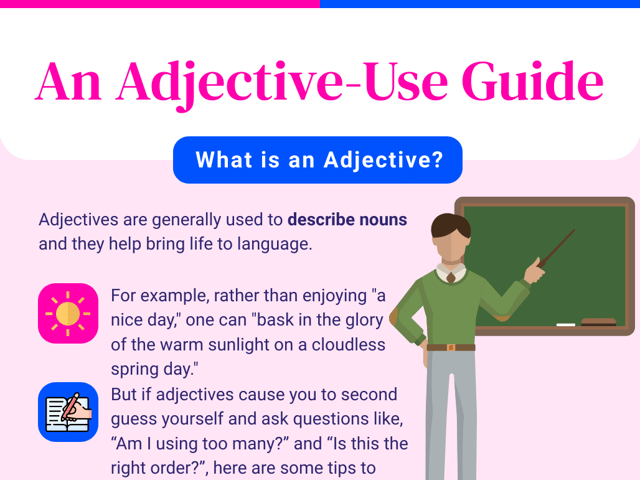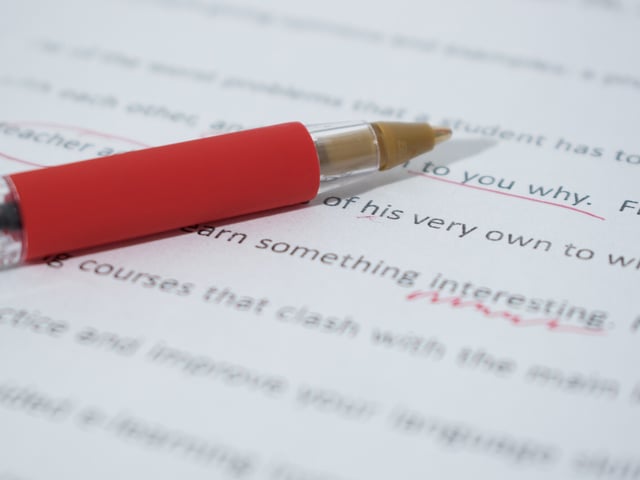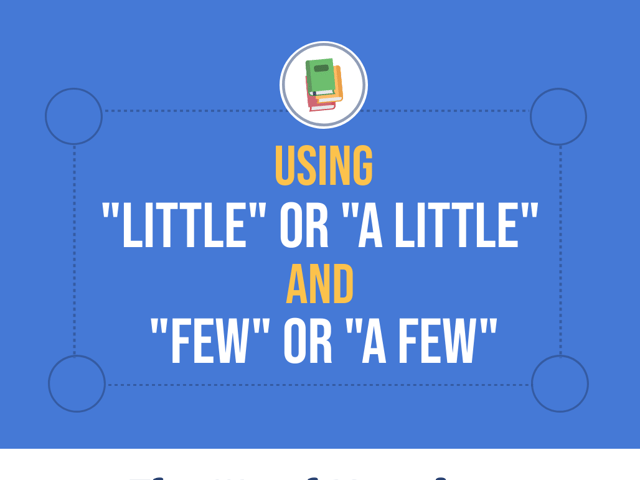
What is an Adjective?
Ah, the adjective. The mighty part of speech that gives our sentences specificity and description. But have you ever questioned your adjective use? How many is too many? What’s the most effective way to use them? What order do they go in? We hope to shed some clearer light on this common topic of uncertainty.
What is an Adjective?
Adjectives are fundamental elements in the realm of grammar. At their core, they are words or phrases used to describe or modify nouns and pronouns. They provide us with a richer, more detailed picture of the world around us. By using adjectives, we can move beyond the mundane and step into a world of vibrant description and emotion. Instead of merely observing a tree, with the help of adjectives, we might see a “tall, ancient oak with gnarled branches.”
The Power of Adjectives
The magic of adjectives lies in their ability to bring life to language. Imagine reading a book or a story where everything is described in plain, factual terms. A world where the sky is always just the sky, and a rose is just a rose. It wouldn’t be nearly as engaging or evocative. But with adjectives, a clear blue sky can become a “vast, cerulean expanse,” and a rose can transform into a “velvety, fragrant bloom.”
Do More Adjectives = Better Writing?
While adjectives are great to use to add description, detail, and “life” to sentences, there can be too much of a good thing. Long lists of adjectives can slow a reader down and make a text more difficult to read. They can also make it difficult for a listener to follow what you’re saying if you overuse adjectives when speaking.
How Do Stronger Adjectives Help?
So, how many adjectives is too many? There’s no hard and fast rule that “x” number of adjectives is the perfect number, but a general rule of thumb is to be selective and intentional about the adjectives you choose. Weaker or more common adjectives (happy, sad, good, bad, etc.) don’t do much to advance your writing or speaking. Replacing them with stronger, more vivid, more precise adjectives can help you make your point more clearly and help your audience envision your message with less confusion.
Consider, for example, happy as an adjective.
The happy dog loped along beside his human.
What happens to the message and the mental picture when happy is replaced by ecstatic, joyful, content, or carefree? You get the idea. More precise adjectives mean you can use fewer with greater impact. It also lessens the chances of inadvertently using repetitive adjectives that pretty much mean the same thing.
Is There a Magic Number of Adjectives to Use?
If you prefer a number guideline, the general approach is to limit your adjective usage to no more than four per noun. So, “the old, red, dilapidated, wooden chair” would be about the limit of adjectives to describe the chair.
Should Adjectives Go in a Certain Order?
What about the order of adjectives? Is there a particular order that adjectives should be used in? Believe it or not, the answer is yes! And it’s one you probably don’t think much about once you have mastered the English language. Linguists and academicians have determined there is a general hierarchy among adjectives. While the list varies somewhat depending on the resource you use, the general rule of thumb is that adjectives describing opinions or attitudes about the noun come first, then the more objective, factual descriptors come closer to the noun itself.
The typical order is:
- determiner (articles/numbers)
- opinion
- size/shape
- age
- color
- origin
- material
- qualifier/purpose
Here’s what a sentence using all these types of adjectives in this order might look like:
A beautiful, small, round, new, yellow, mountainside, multi-petaled flower grows in the meadow.
or
The comfortable, oversized, old, baggy, navy blue, American, fleece, warm sweatshirt was a welcome article of clothing on chilly mornings.
Now, these sentences sound like a mouthful because no one really uses that many different types of adjectives in one sentence. Remember the note about no more than four? But when you are trying to determine what order to use adjectives in when you are writing, understanding this hierarchy might help you.
What’s Another Way to Determine the Order of Adjectives?
Also helpful is to read it aloud and listen to how it sounds. Your ear will likely pick up on misplaced or out-of-order adjectives. For example, you probably wouldn’t say, “I’d like to order small four lattes.” Rather, you’d have the number come before the size and say, “I’d like to order four small lattes.” So, when in doubt, talk it out!

Keep Reading

English Basics Blog
How to Write a Compare and Contrast Essay
When you were in school, you probably had to write a lot of different t…

English Basics Blog
What are Superlatives?
We spend our lives making comparisons, whether we realize it or not. Wh…

English Basics Blog
When to Use “Little” or “a Little” and “Few” or “a Few”
Few aspects of the English language can grow as convoluted as when to u…